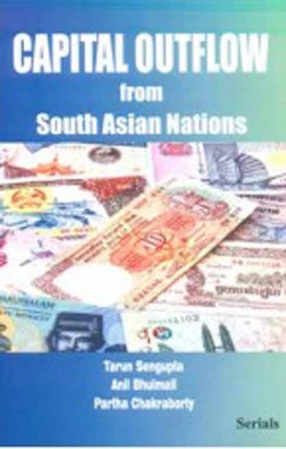
Anil Bhuimali

26 books
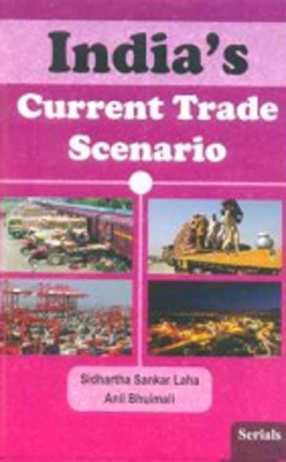

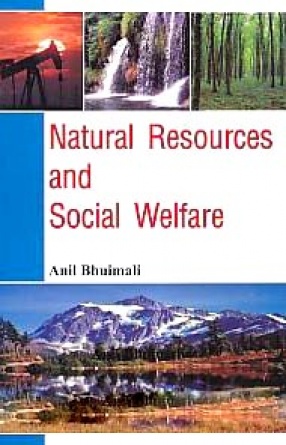
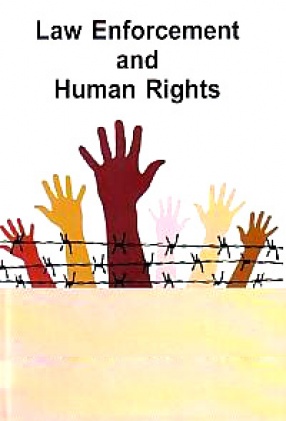
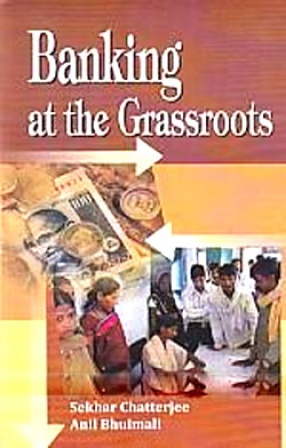
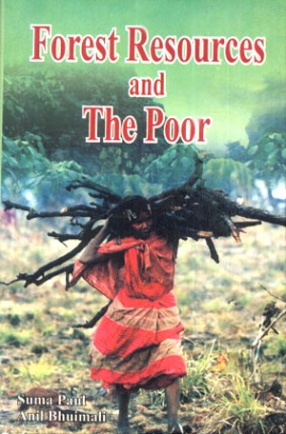
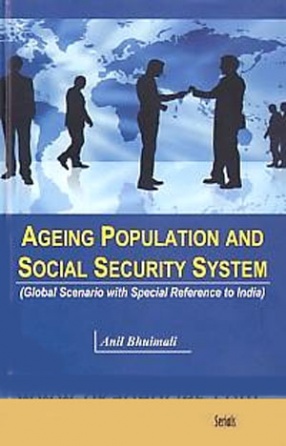
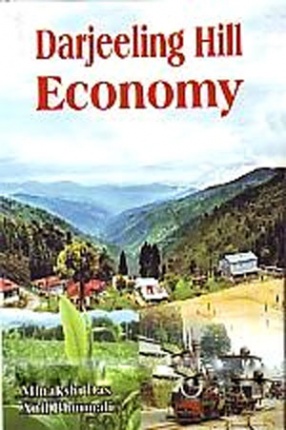
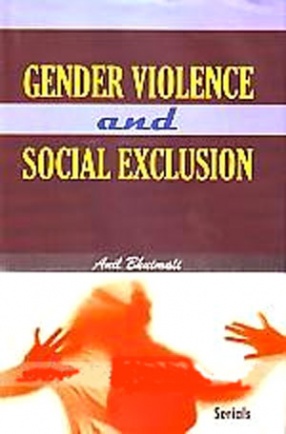
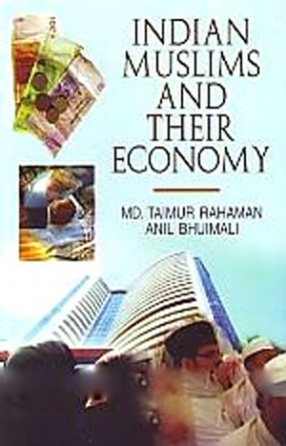
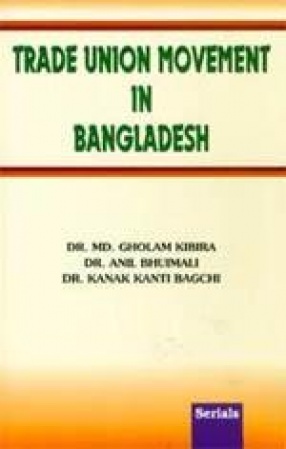
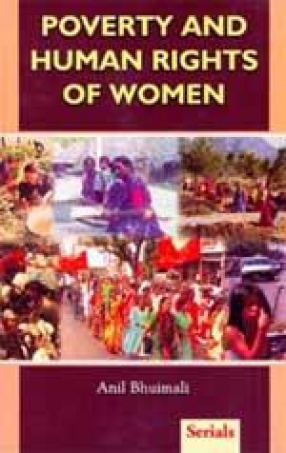
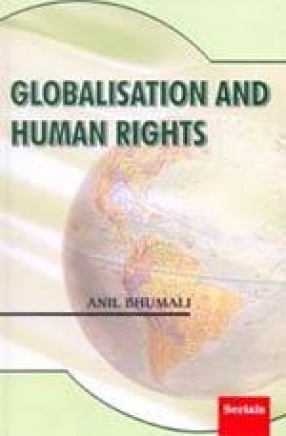
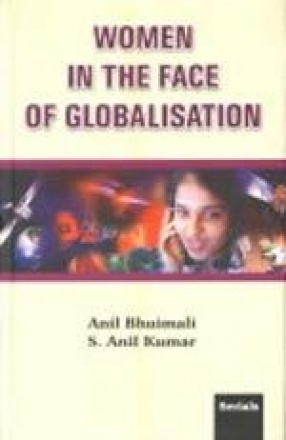
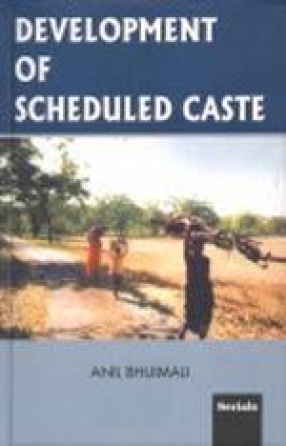
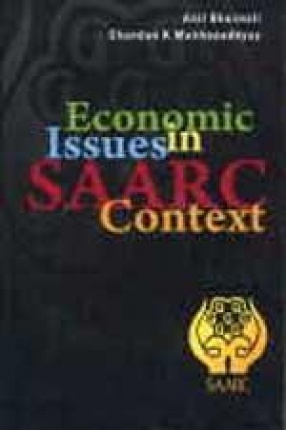


Capital flight refers to international capital movements in response to domestic economic and political uncertainty. it is defined as the accumulation of resident, claims on non-resident, that escape the control by domestic Government which are not subject to any taxation, regulation or confiscation. In this book the authors estimated the amount of capital flight from six South Asian nations-India, Pakistan, Bangladesh, Nepal, Bhutan and Sri Lanka. The study ...

Trade performance of a country can be measured from various perspectives - imports, exports, trade balance, total trade, etc, and its growth over the years. Countries across the globe depend on each other to access goods or services. Trade in goods which are similarly classified in production but are not perfect substitutes in consumption is apparently a growing component of world trade. Reduced tariffs enacted by customs unions have resulted in increased gross ...

This book examines the socio-economic status of domestic helps in terms of wages, work security and their economic contribution in the family. It also delineates how these women combine their professional work with domestic responsibilities as wives, mothers and daughters.
It makes an attempt to highlight the living conditions of women domestic helps, their education and their children’s education, rate of wages, their exploitation, relation between them ...


Human rights are as old as the human race. This focused compilation of articles by nine legal experts offer a grassroot, comprehensive and logical study of human rights from a legal perspective and are highly subscribed to by international law enforcement agencies, research scholars and other readers interested in understanding human rights as pertaining to specific issues of local and global importance. This book brings sharp attention to the seething problems ...
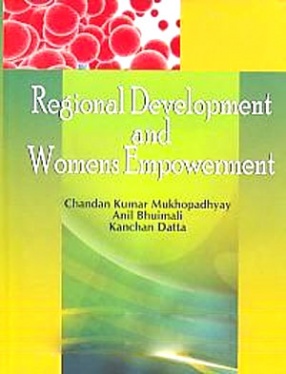
Regional development is the provision of aid and other assistance to regions which are less economically developed. Regional development may be domestic or international in nature. The implications and scope of regional development may therefore vary in accordance with the definition of a region and how the region and its boundaries are perceived internally and externally. On the other hand Economic Development is growth with social justice that is the increase ...


In India forests were for long neither protected by the government nor by any non-governmental agencies. As a result, forest resources were open to all and thus were used indiscriminately. The British rulers of India established state property rights over the forests in 1960s solely for their own interests. Between 1876 and 1927 the British rulers implemented several acts and policies on forests and forest resources just to serve the strategic interests of ...

The invention and discoveries I the field of medicine in the nineteenth and twentieth century have made the lives of humanity much sager and increased the life expectancy at all levels. The mortality and morbidity rates have markedly decreased. But at the same time there has been population explosion all over the world specially I Asia and African countries. Three main Asian Giants in population Viz China, India and Japan. Sometimes back the problem was not ...




The history of Economic Development of countries show that there have been countries show that there have been countless examples of institutional agencies that have played pivotal role in fulfilling certain developmental activities. Cooperation as an institution is used in various countries as instrument of economic growth. The subject matter of this book is relating to rural cooperatives especially the rural credit and marketing societies and their impact on ...
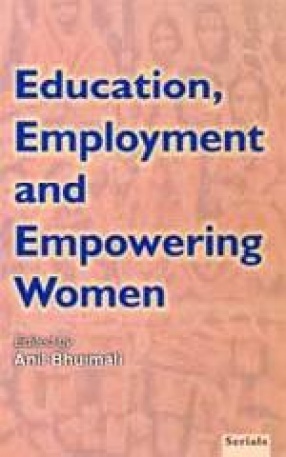
Women are the largest group to suffer from political, economic and social discrimination. Statistics shows that full-time women workers on average earn only 80 percent as much as men of the comparable education and educational background. It is equally true in the case of women living in our rural economies. The edited book Education, Employment and Empowering women explains many dimensions of women in the context of education and employment. The book consists of ...
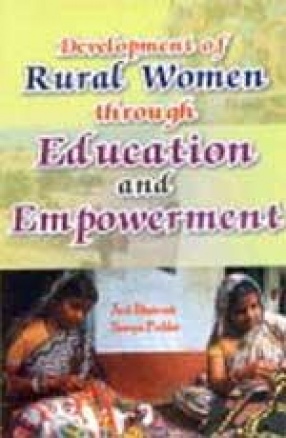
Women constitute almost the half of the total world population who play a vital part in shaping society and economy. Women at large and rural women in particular work at a variety of tasks. They have little time for leisure but what is shameful is that they have little or no control over the productive resources. What is more, they have little control over their own income or labour. The core of this book is empowering women through education and employment in a ...
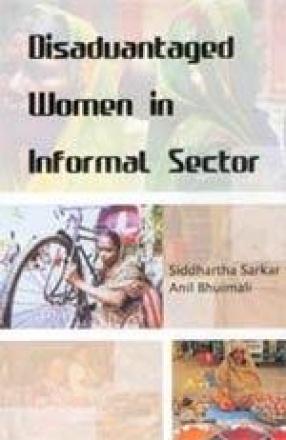
Informal sector is an important feature of the most of the developing nations of Africa, Latin America and Asia. Women constitute a bulk in the large informal sector of the developing world. Naturally, they represent the bulk of the informal-sector labour supply. They work at a low wage rate less than what received by the male workers for the same work. Their job is insecure and thus unstable. They are generally restricted to low-productivity and ill-paid ...

Trade Unions were formed to conduct strikes against the law wages, long hours of work and abominable conditions. By the end of the 18th century trade unions had began to take root, in the shape of local trade clubs which usually could meet in public houses. These clubs had developed aristocracy among the artisans. Since 1972 trade union activity began to spread among the factory worker. This type of unions among the factory workers put a threat to the rising ...

Human rights are those rights which every individual in any society requires as a consequence of being human. The concept has become popular especially since the second World War, although its existence can be traced back in ancient Greek and Roman thoughts. This concept has in fact replaced the term “natural rightâ€. The millennium development goals, human development and human rights together share a common motivation that ...

Globalisation has changed the trade pattern globally. More globalised nations have benefited from trade liberalization reducing inequality, unemployment and poverty but less globalised players have become marginalized in the world economy. This, is fact, has reduced incomes and enhanced poverty. This book makes a humble effort in analyzing India’s pattern of foreign trade in the World Trade Organisation regime. There is an exposition of India’s Trade during ...

The first wave of globalisation was perhaps witnessed in 1870 and its continued up to 1914. The profound influence in driving globalisation came from technological innovation which in fact led to an explosion of productivity and reduction I transportation costs. But the wave came to an end by World war I. The second wave brought about from 1945 to 1980. This continued reducing transportation cost further which effectively fostered increased trade. The latest wave ...

Globalization has made a tremendous impact on the lives and activities of women throughout the world over. In India today, globalisation has had positive and negative effects on women. Our constitution grants women legal citizenship but they get little respect and standing this country. Women have equal rights with men. But the male dominant society does not accept this and because of this Indians women especially the disadvantaged women suffer immensely. Women ...

The Indian Society is based on Caste System which is, in fact, a two-tier construction i.e. upper caste and lower caste. The Caste System alienated a large part of our society from the mainstream. The division of society according to privileges enjoyed by the people paints carefully the picture of social exploitation of a community by another community. The present edited book is an attempt to describe differently development aspects of Scheduled Caste. Different ...

Countries of the world today are in favour of free trade globally. Before the formation of WTO in 1995 the GATT had been trying to achieve free trade throughout the world. The similar activity is being done by the WTO since its inception. In spite of all such efforts many countries in groups are trying to form unions separately to protect their group interest. One such group is the SAARC--the eight South Asian Nations' coalition. The present book is the result of ...

The South Asian Nations are part of the developing world. These nations have not shared in the industrial revolution and naturally people in this part of the world do not enjoy higher standard of living as experienced by the western world. Reform process especially since 1990s helped achieving healthy GDP and export growth, improved credit worthiness indicators and escalated foreign investment. In spite of development initiatives in different spheres of the ...
